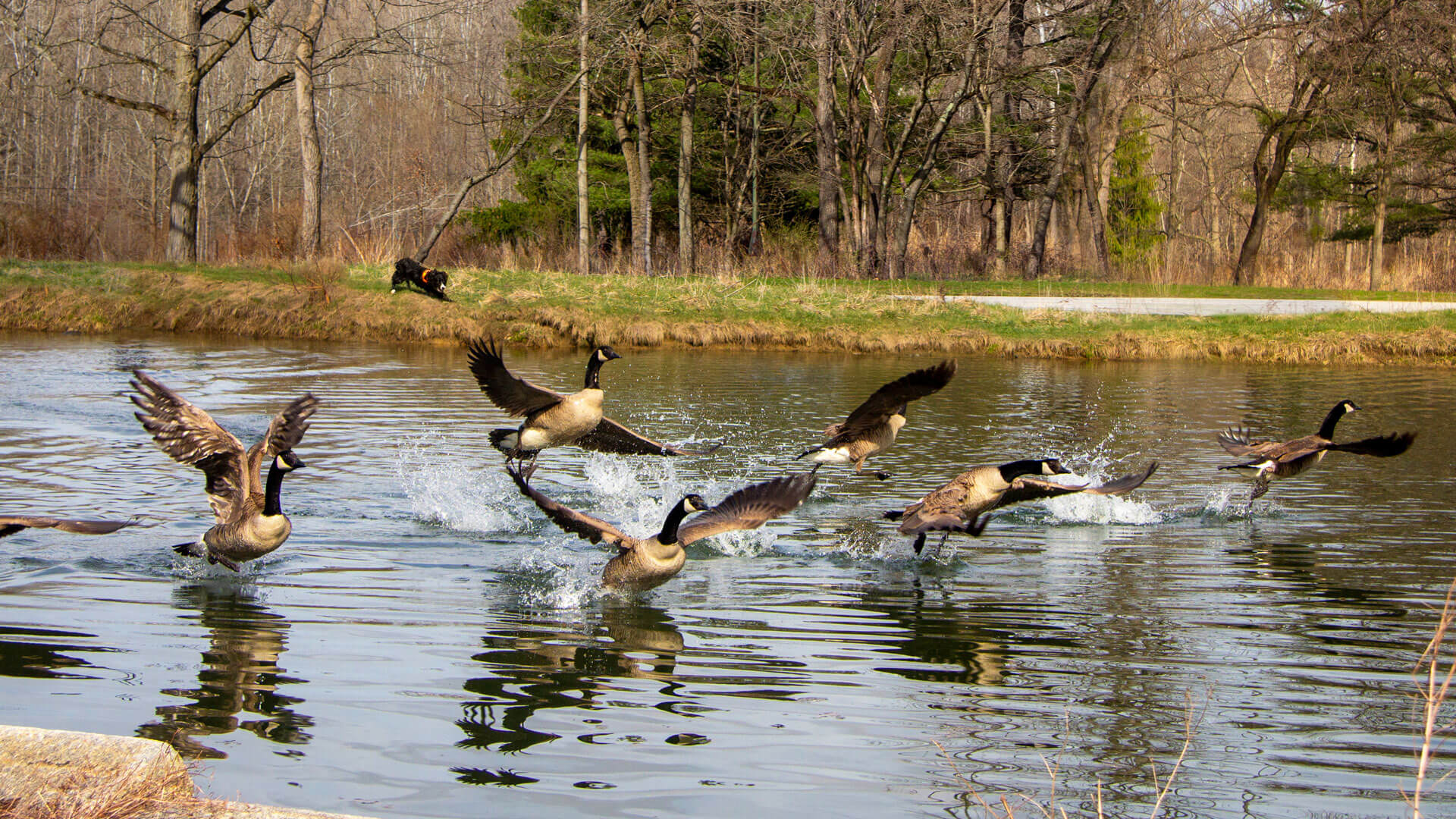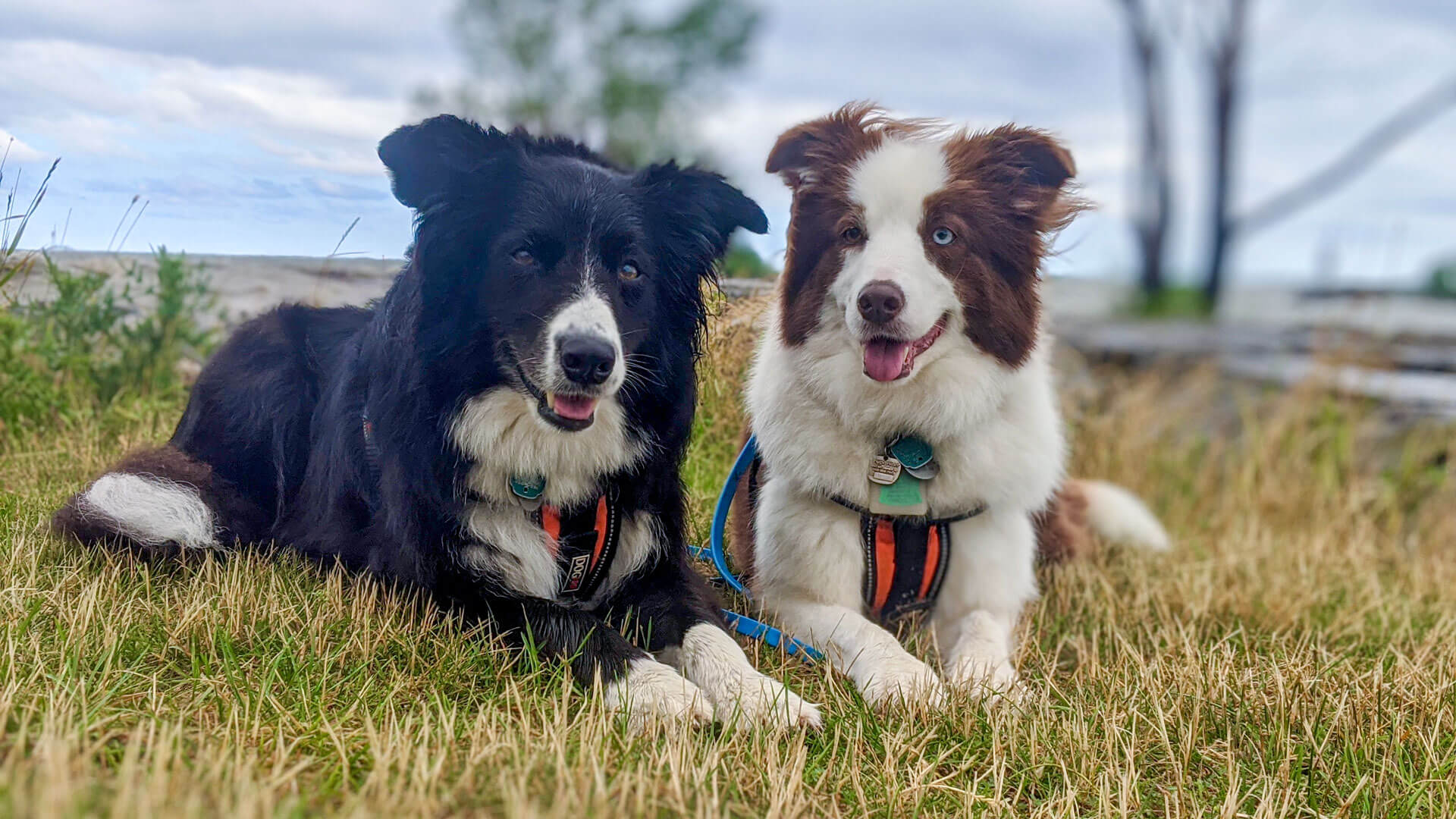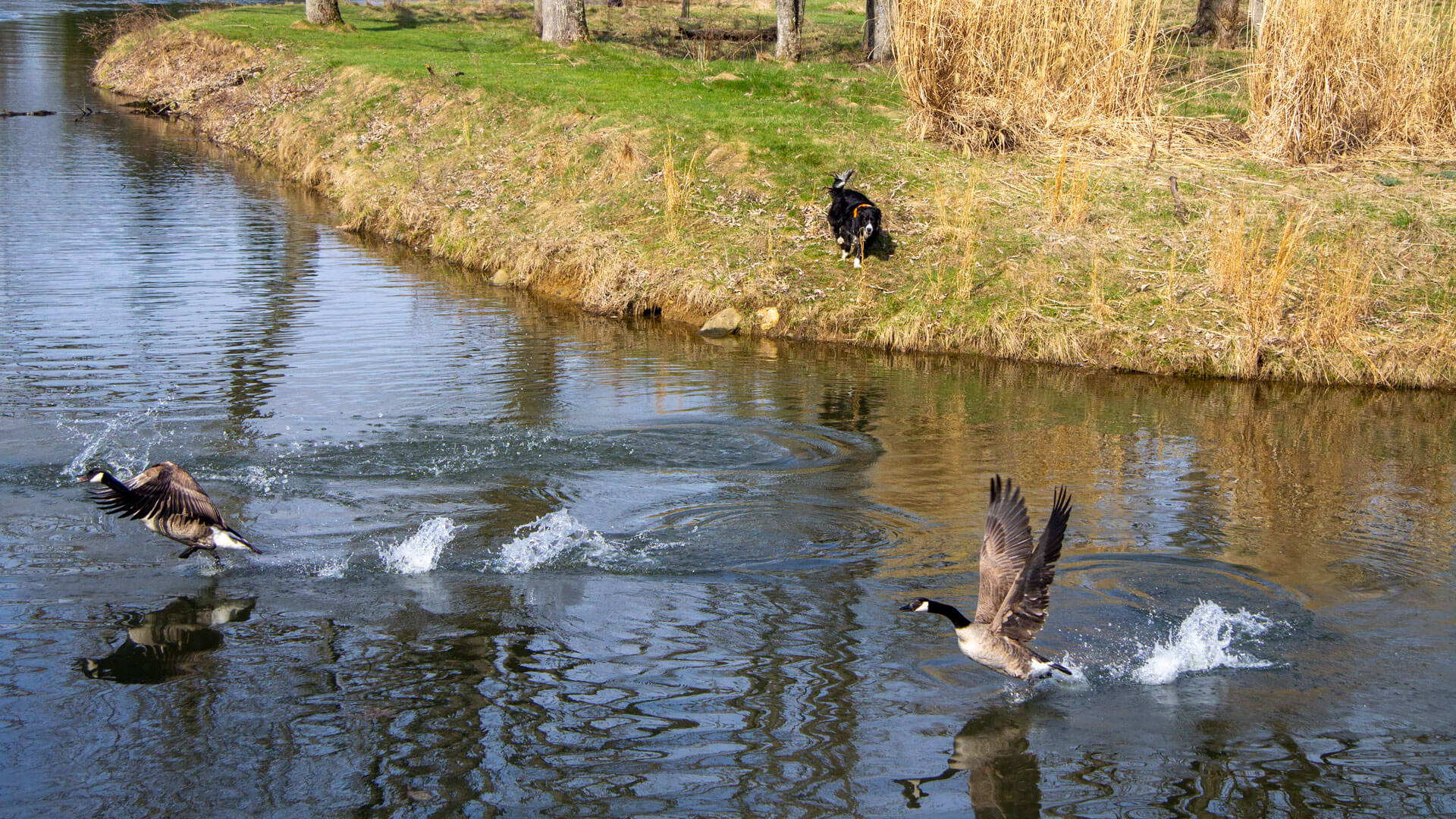This rocks, I love everything about not having goose poop everywhere.
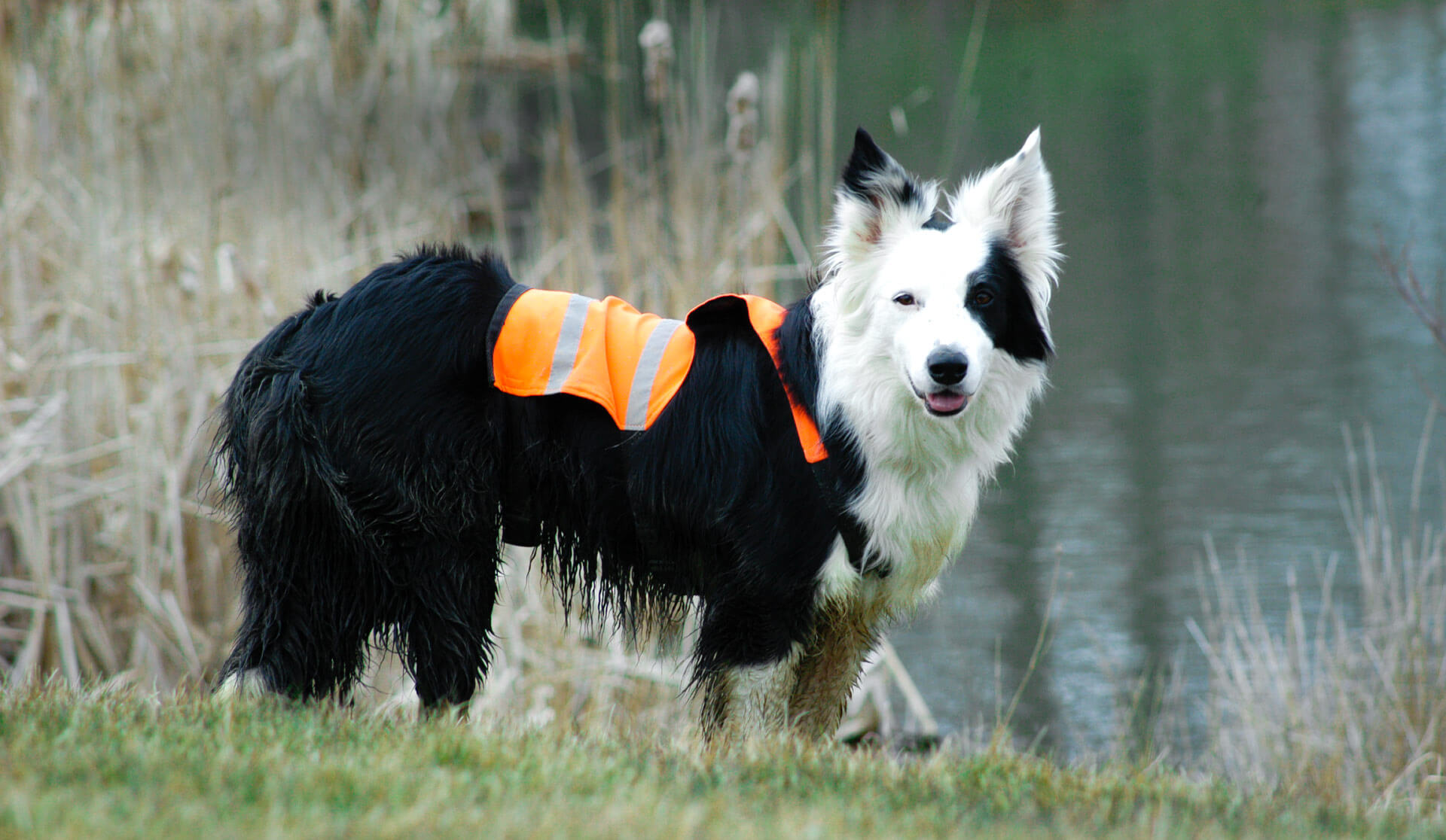
Who We Are
Our Mission: to create a healthier and happier environment by humanely managing migratory bird populations.
How Do We Get Rid of Geese: We use a variety of tactics based on how the site is used, public interaction, geese behavior and the time of year. The best tool in our toolbox is our highly trained Border Collies. Our skilled dogs are trained to chase but not harm the geese. Geese perceive the Border Collies’, more than any other breed, as predators.
Read MoreOur Services
We develop a custom goose management program based on your specific property and removal needs. From the use of Border Collies, Landscape Modification Planning, and Egg Depredation, we will not only help remove the Canada geese from your property, but also keep them from returning.
Read MoreOur Field Guide

An Interview with Ohio Geese Control
Ohio Geese Control is excited to spread the word on how to manage geese and keep the public safe during nesting season. Thank you to Megan Hartnett, of WTOL […] Read More
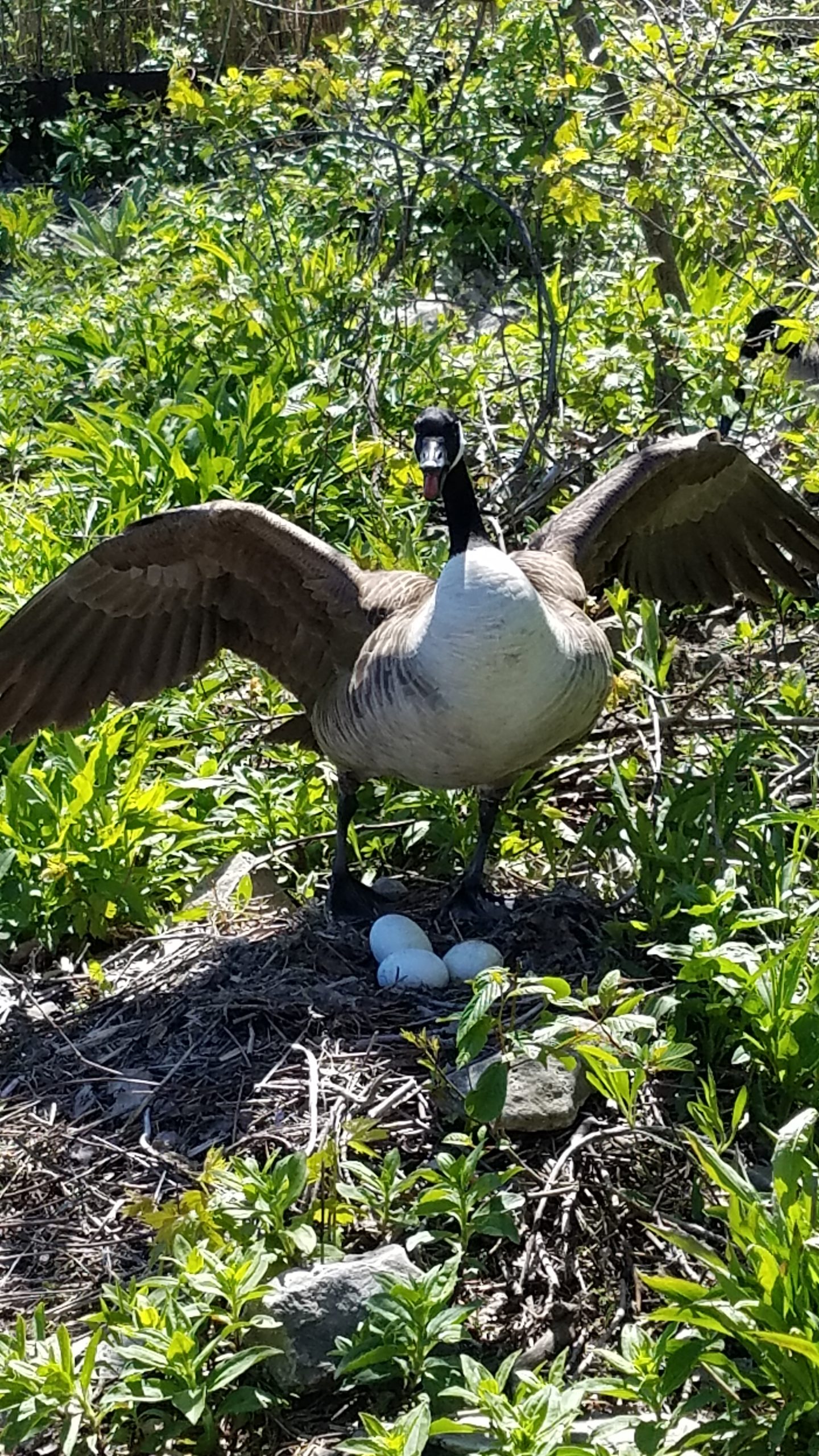
Beware, it’s Mating Season for Geese
It’s time to start being aware of your surroundings and not to walk absent-mindedly too close to Canada geese this spring. February is when geese will start pairing up […] Read More
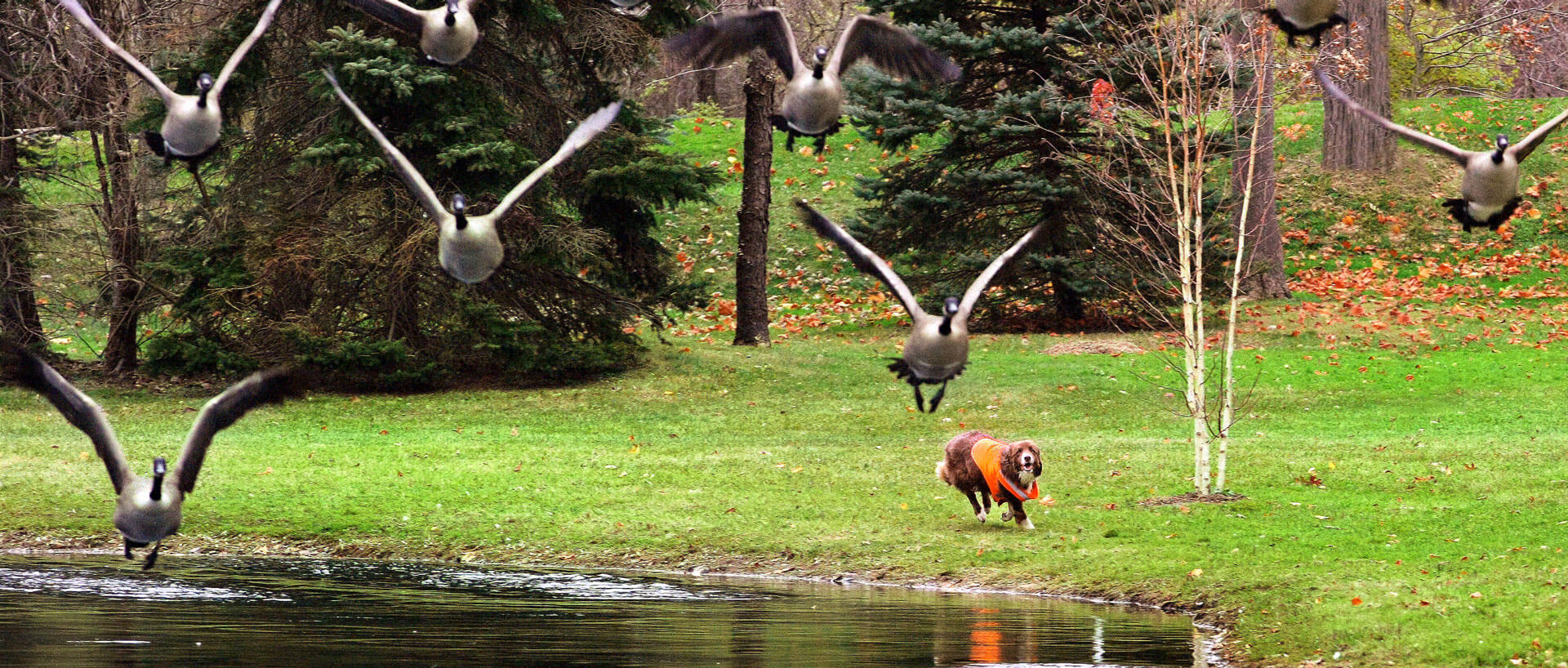
How do you get rid of Canada geese?
Ohio Geese Control gets rid of Canada geese with geese deterrents. Successful and cost-effective management of Canada goose activities often depends on identifying the site characteristics most attractive to […] Read More
About Canada Geese
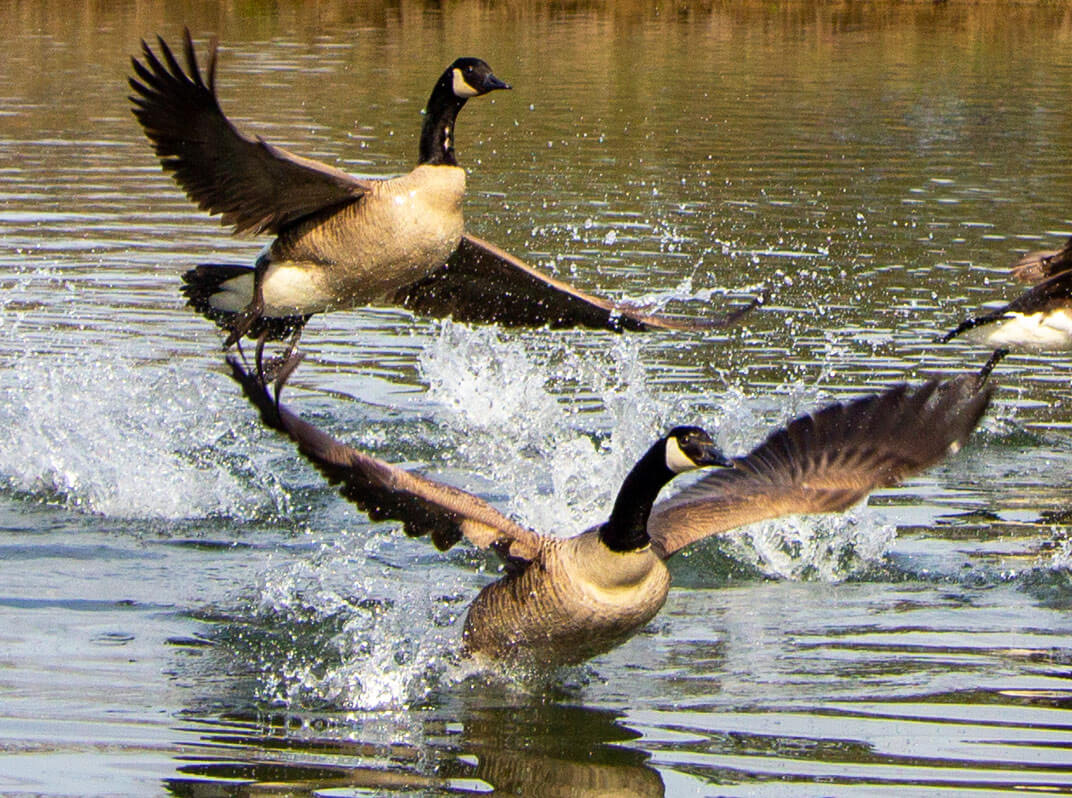
Height/Length: Canada geese range from 75 to 110 cm (30 to 43 in) in length and have a 127–185 cm (50–73 in) wingspan.1
Weight: The male Canada goose usually weighs 5.7–14.3 lb. The female looks virtually identical, but is slightly lighter at 5.3–12.1 lb. 2
Droppings: Geese can produce 1-2 lb of droppings per-day. These droppings can be a health risk and can carry Salmonella spp,. E. coli, and Listeria spp.
Survival: Canada geese were almost eradicated by hunting, egg gathering and the draining of wetlands in the early 1900s. However, since the 1960s they have made a huge comeback. Their preference for short, highly fertilized grass and ponds of golf courses and parks attract geese to these environments.
Read More About Canada GeeseService Area
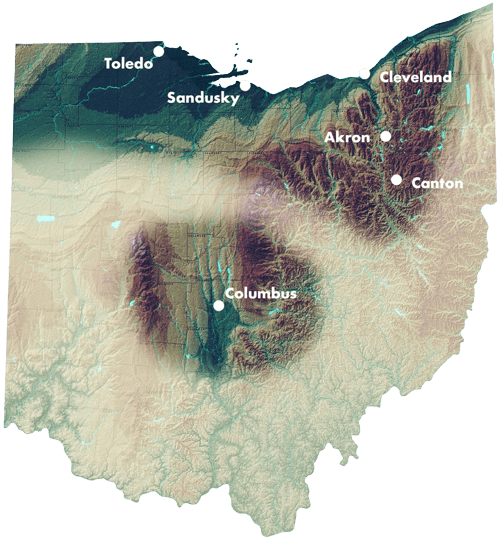
Careers
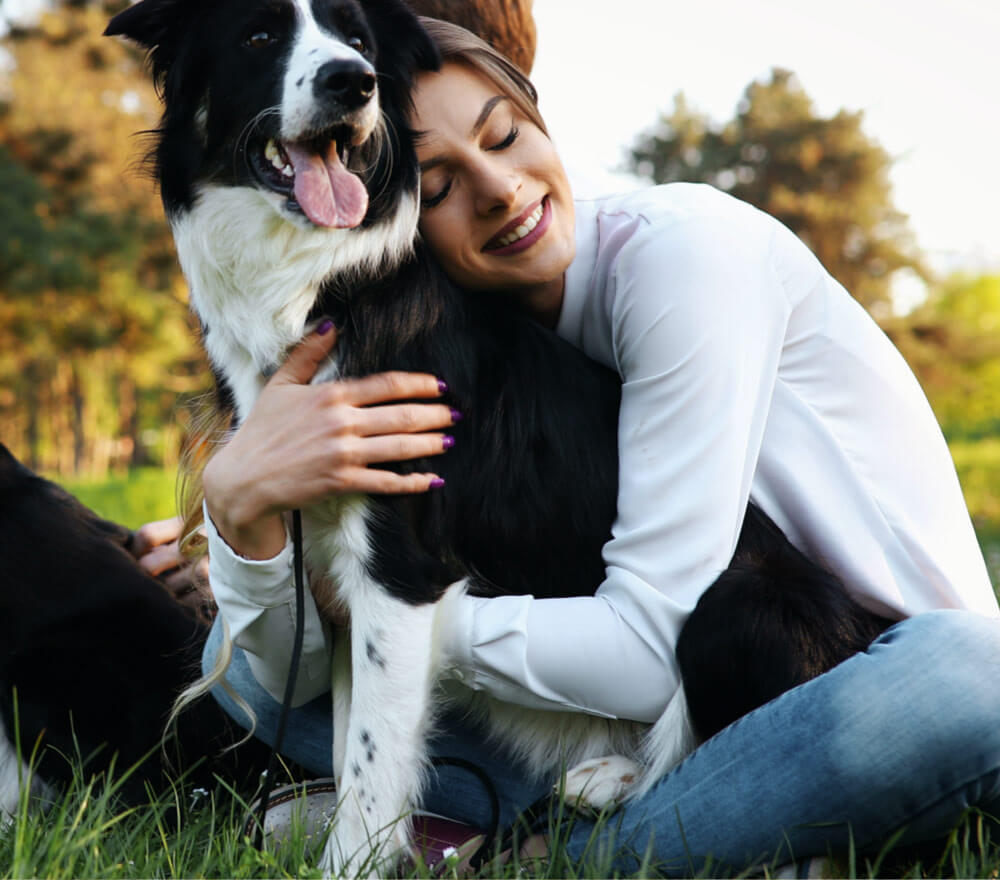
We are currently offering oppertunities across all of our service areas. If you enjoy working with dogs and working outdoors, please contact us to apply.
Apply Here
